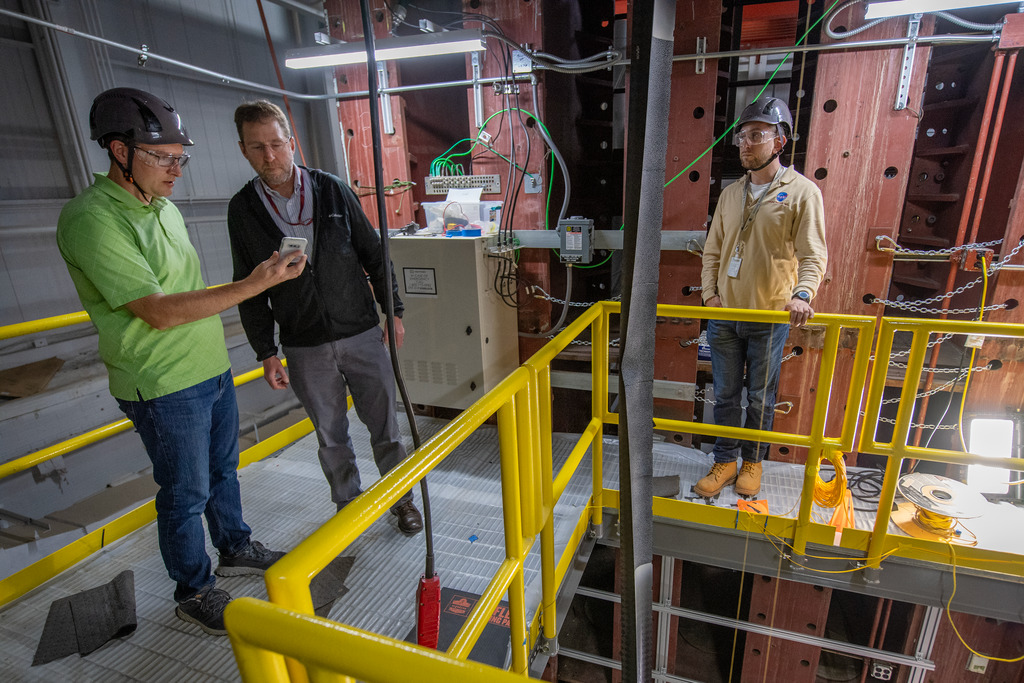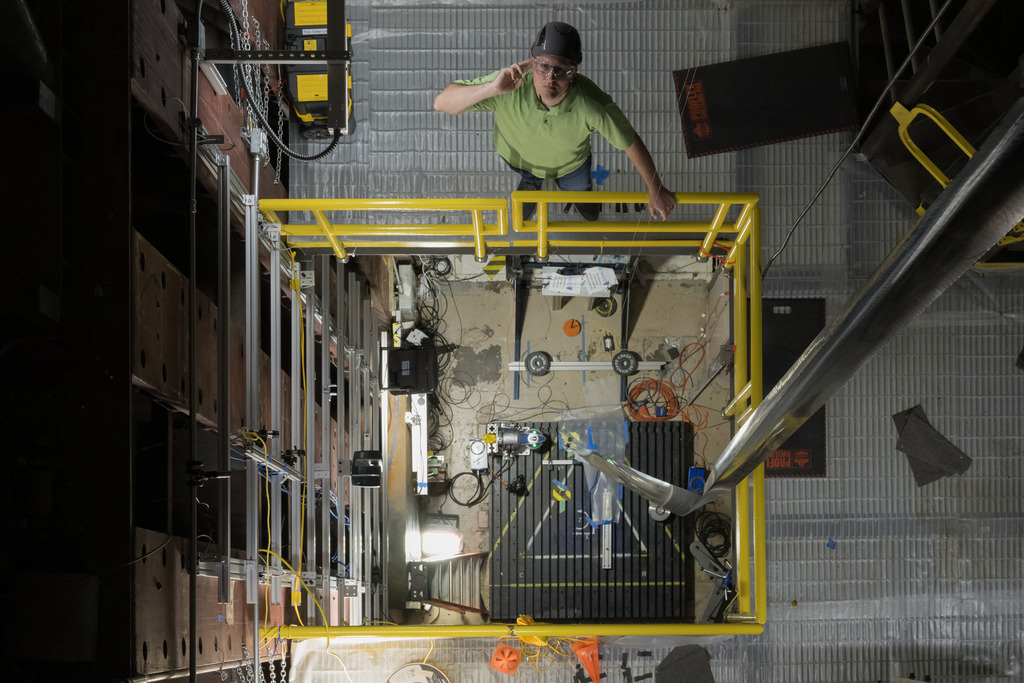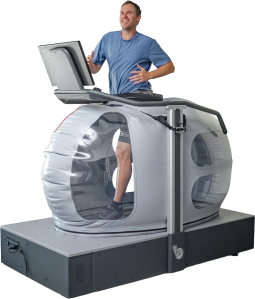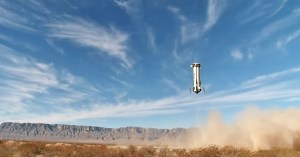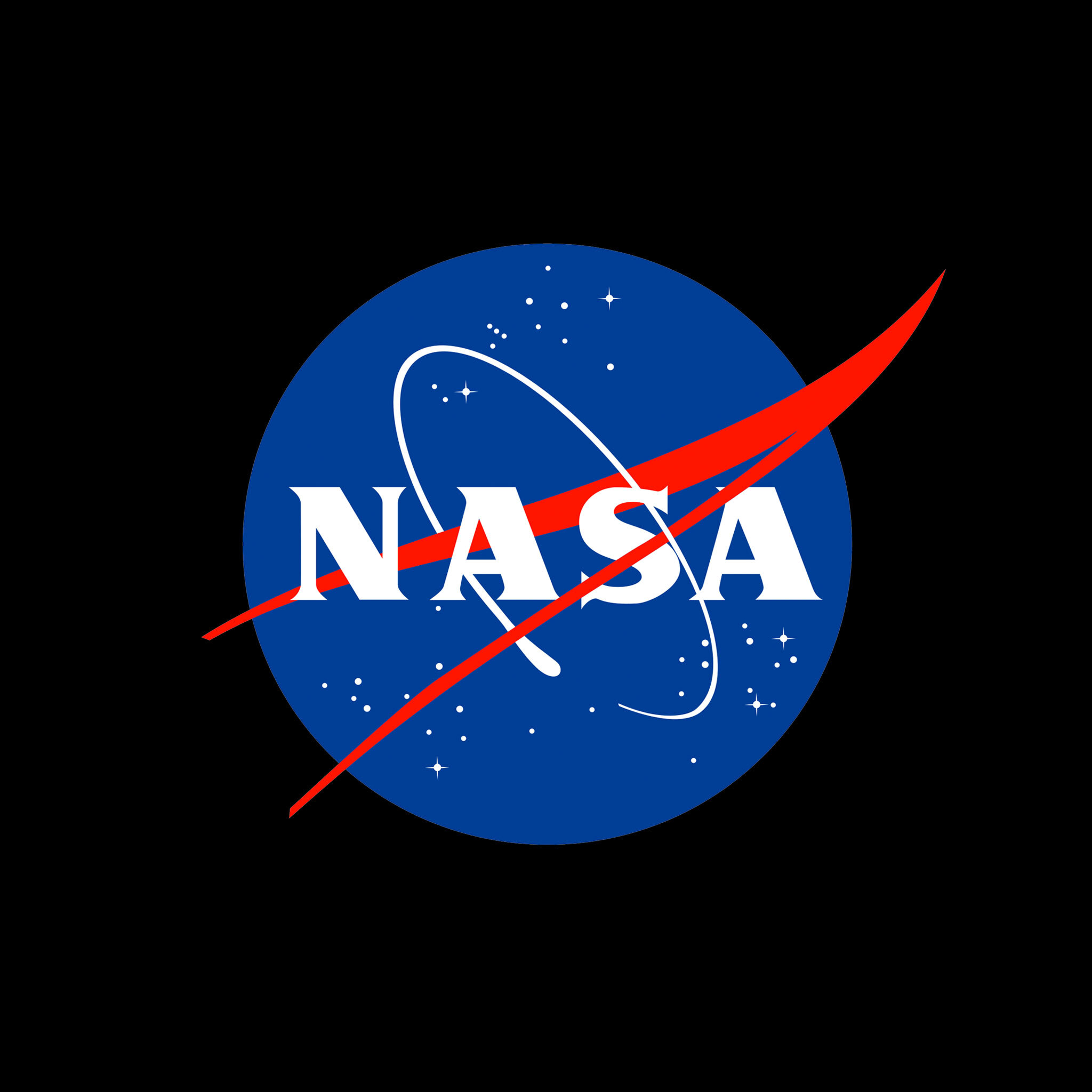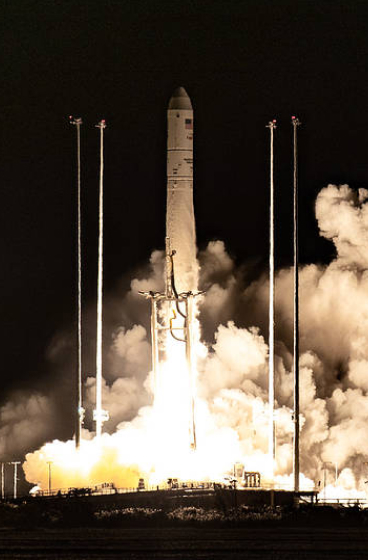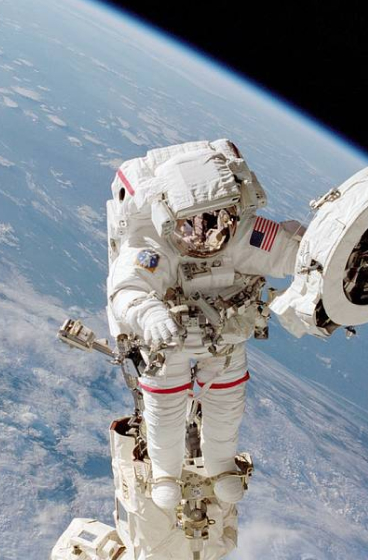NASA Langley Uses Height, Gravity to Test Long, Flexible Booms
- NASA’s Langley Research Center has developed a technique to test long, flexible composite booms for space use, utilizing gravity to aid in the testing process.
- The facility’s height allows for vertical testing without the need for extra equipment that can affect the boom’s response, providing more accurate results.
- The tests, funded by NASA’s Game Changing Development program, aim to improve the performance of deployable solar sails and structures for future lunar missions.
- A 94-foot triangular boom manufactured by Redwire was tested in a 100-foot tower at Langley, with researchers comparing physical test results to numerical models.
- The success of this testing technique could lead to better understanding and development of long composite booms for space applications, supporting NASA’s and commercial partners’ needs for lunar missions.
2 min read
Preparations for Next Moonwalk Simulations Underway (and Underwater)
Researchers at NASA’s Langley Research Center in Hampton, Virginia, have developed a technique to test long, flexible, composite booms for use in space in such a way that gravity helps, rather than hinders, the process. During a recent test campaign inside a 100-foot tower at a NASA Langley lab, researchers suspended a 94-foot triangular, rollable, and collapsible boom manufactured by Florida-based aerospace company, Redwire, and applied different forces to the boom to see how it would respond.
Having a facility tall enough to accommodate vertical testing is advantageous because horizontal tests require extra equipment to keep gravity from bending the long booms, but this extra equipment in turn affects how the boom responds. These mechanical tests are important because NASA and commercial space partners could use long composite booms for several functions including deployable solar sails and deployable structures, such as towers for solar panels, that could support humans living and working on the Moon.
Redwire will be able to compare the results of the physical testing at NASA Langley to their own numerical models and get a better understanding of their hardware. NASA’s Game Changing Development program in the agency’s Space Technology Mission Directorate funded the tests.

